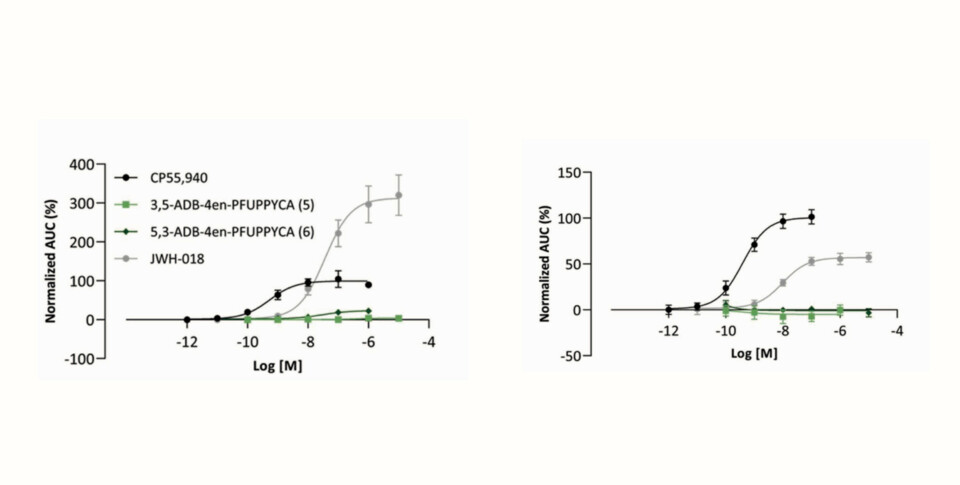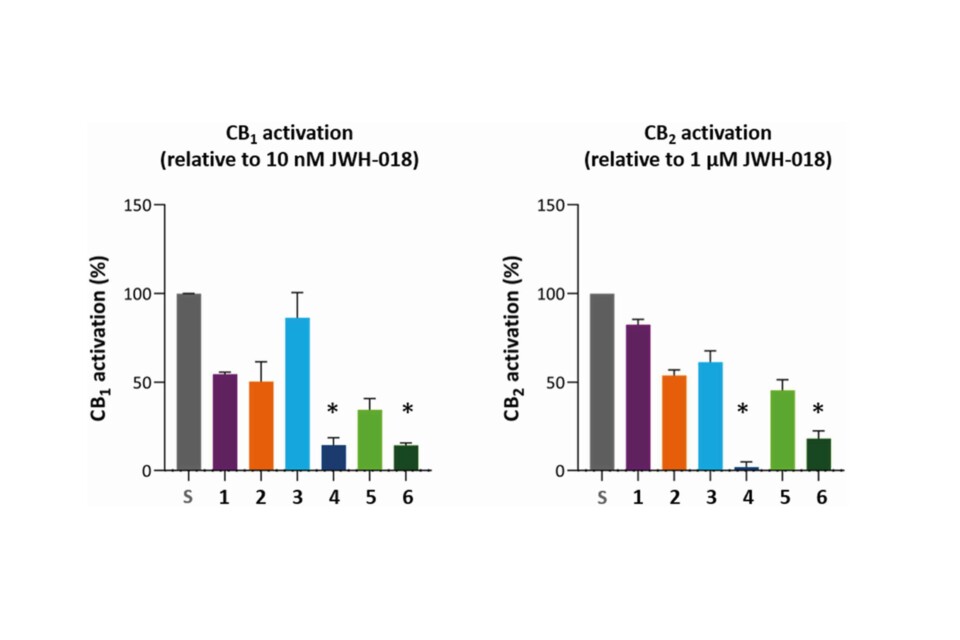New synthetic cannabinoid - How dangerous are they?
The synthetic cannabinoid market is currently undergoing a drastic change since the Chinese class-wide ban of all synthetic cannabinoid receptor agonists in 2021 (China is the main producer and exporter of various synthetic cannabinoids).
In order to circumvent the changed legal situation, a number of new derivatives have been developed and are already on the recreational drug market. Some of the "new derivatives" were detected for the first time in 2015, but seem to enjoy new popularity after the ban. In summary, this new class can be summarized as monocylic pyrazoles with "PFUPPYCA" moiety.

The exciting thing is that these new derivatives have shown no activity at the CB1/CB2 receptors like classical cannabinoids but Moreover, all compounds exhibited antagonistic behavior at both receptors, which may be associated with their structural resemblance to cannabinoid antagonists and inverse agonists.
The most important thing to conclude: How dangerous are the new derivatives now?
The authors of the study whose results are cited here assume a low acute potential for harm to public health due to the low potency and efficacy at both CB receptors.
However, in our opinion, other mechanisms of action can be strongly suspected, since current warnings in Germany speak of "hallucinations" which can not only be explained by the antagonistic switching at the CB receptors. Therefore, consumption is strongly discouraged.

Use the miraculix THC/CBD-QTest for detection!
By the way, in the samples tested so far, no or only very low concentrations of THC were found. Suspicious flowers (if hallucinations, sweating and trembling occur after consumption) simply analyze with our quantitative THC/CBD-QTest and you know immediately whether it is stretched weed! Test your drugs!